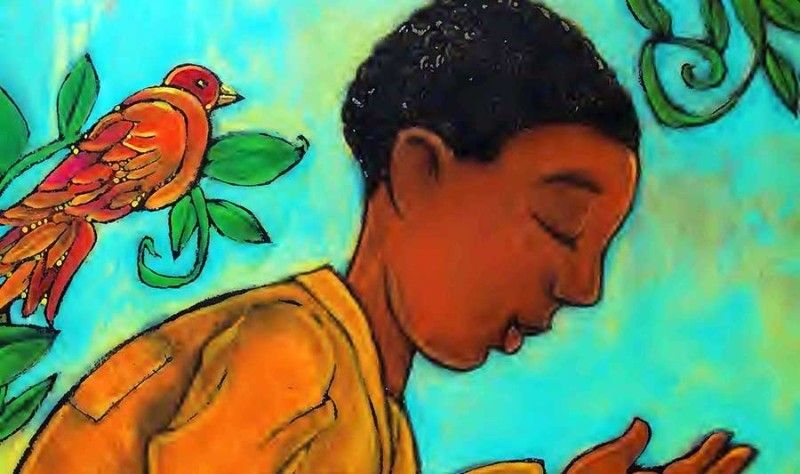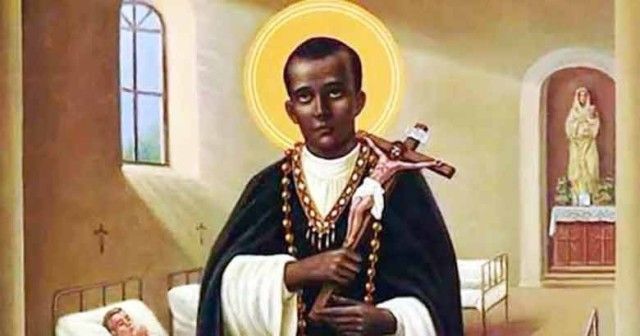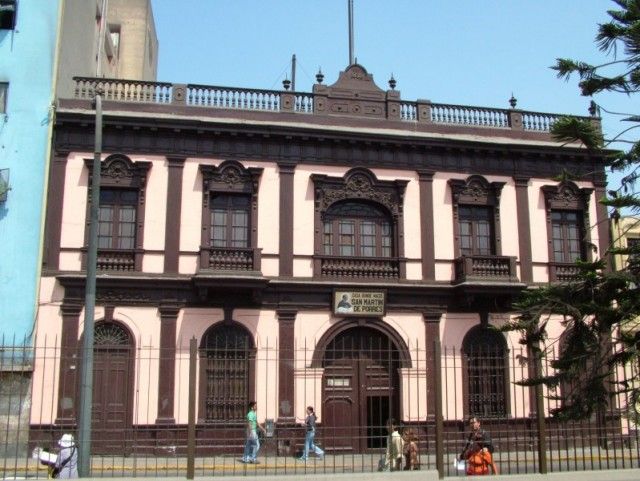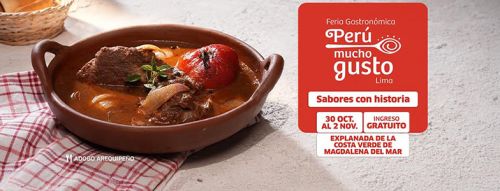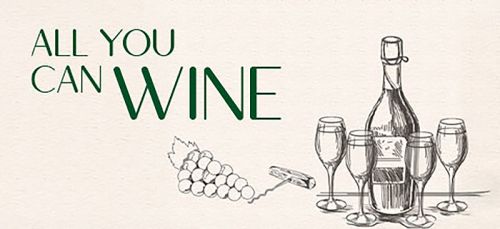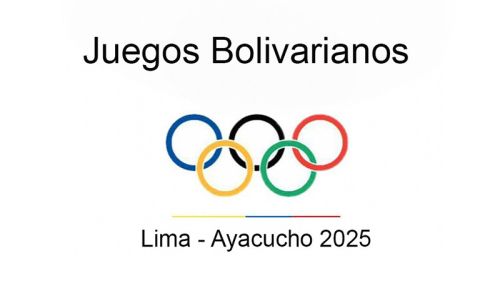Ana Velázquez hurried out of the barrios of Lima and onto the plaza. She carried a quiet baby, wrapped closely so that no one could see him - but no one was looking. The enslaved boys sweeping the plaza saw only the dusty cobblestones. The Spanish royals sipping lemon ices saw only their ruby rings. And the priests standing on the cathedral steps saw only another beggar and turned away.
Ana carried the baby into the cool dark of the cathedral. But when the priest unwrapped him, he frowned. “Is the child’s father Spanish?” he asked. Ana’s heartbeat quickened. “And you are African,” he said. Ana nodded. The priest frowned again. The baby’s father was a royal conqueror. His mother was a slave. The baby looked up at him with dark eyes.

“Who is this child?” asked the priest.
“He is a rose in the desert,” said Ana.
The priest frowned even more. The baby would have no name to be remembered. He would live by sweeping the cobblestones of the plaza, or selling lemon ices to the royals, or begging on the cathedral steps. So the priest dipped his hand into the holy water. “I baptize you, the son of an unknown father.” “I will call him Martin,” said Ana.
Martin grew up with his sister, Juana, in the barrios, where slaves and the poorest Indians lived. On hot summer days, they went to the rooftop to escape the stink of the leatherworks.
On rainy days, the River Rímac flooded its banks, so that cold water - and sometimes rats - poured into their house. Hunger lived in their home. Illness was their companion.
When Martin was eight, his father, Don Juan de Porres, came from faraway Ecuador to see his children for the first time. He could not bear the stink and cold and hunger and illness of the barrios. Don Juan took Martin and Juana back with him. He gave them his name. The royals and the priests of Ecuador frowned.
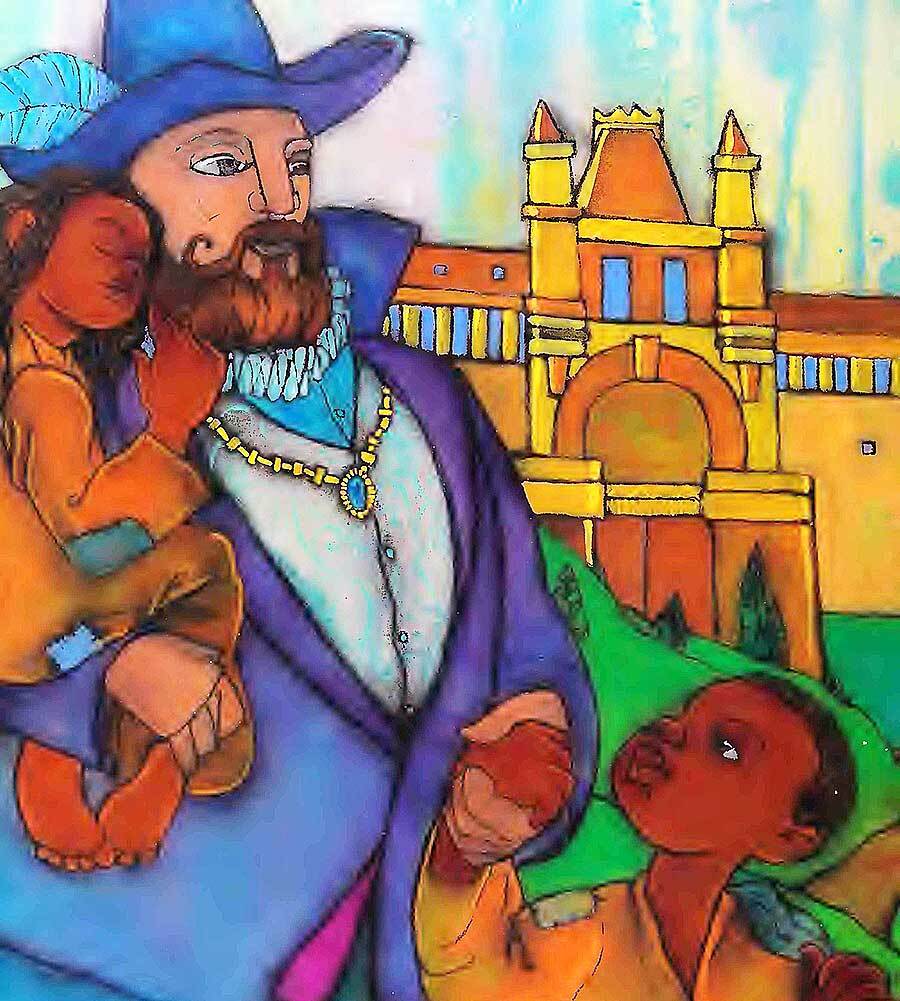
When Martin grew older, Don Juan apprenticed him to a “cirujano (*1),” back in Lima. “You will learn to take out teeth, to bleed a patient with leeches, to set broken bones, and to cut hair,” the cirujano told him.
Then one day, a bleeding man stumbled to the cirujano house when only Martin, the apprentice, was there. “Mongrel (*2), find the doctor!” he cried. But Martin cleaned the wound and bandaged it with his own hands. The man marveled.
“Who is this strange boy?” he asked.
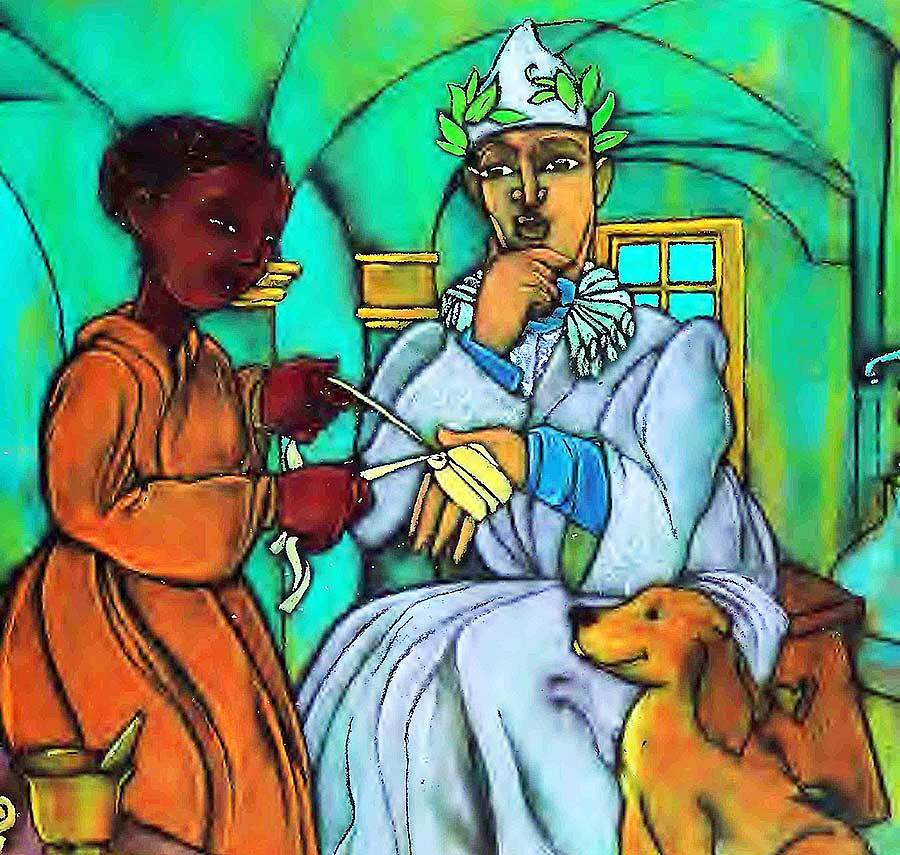
After he had healed, the man brought the seeds of a lemon tree as a gift. That night, Martin and Juana scooped a hole behind their house, and Martin planted the seeds. In the morning, a tree had spread its branches, and from every branch, a lemon hung.
From then on, there were always lemons- in spring, summer, fall, and even in winter.
The neighbors plucked the fruit and asked, “Who is this strange boy?”
Word spread of the apprentice with the healing hands and the wonderful lemon tree. “It could not be true,” said the royals on Lima’s Plaza. “It is not possible,” said the priests in the cool cathedral. But the enslaved boys sweeping the dusty cobblestones said, “Could it be?” And the Indians of the barrios begging on the cathedral steps asked, “Is it possible?”
When Martin was fifteen, he knocked on the doors of the Monastery of the Holy Rosary. Father Lorenzana, the prior, frowned. “You are not of pure blood,” he said. “You can never be a priest.” Martin smiled. “I will wash the dishes and tunics,” he said. “I will clean the halls and baths. I will tend the gardens and mules.” He looked at the prior with dark eyes. Who is this strange boy? Father Lorenzana wondered. But Father Lorenzana gave him a white tunic and a black cape, and Martin began his new life.
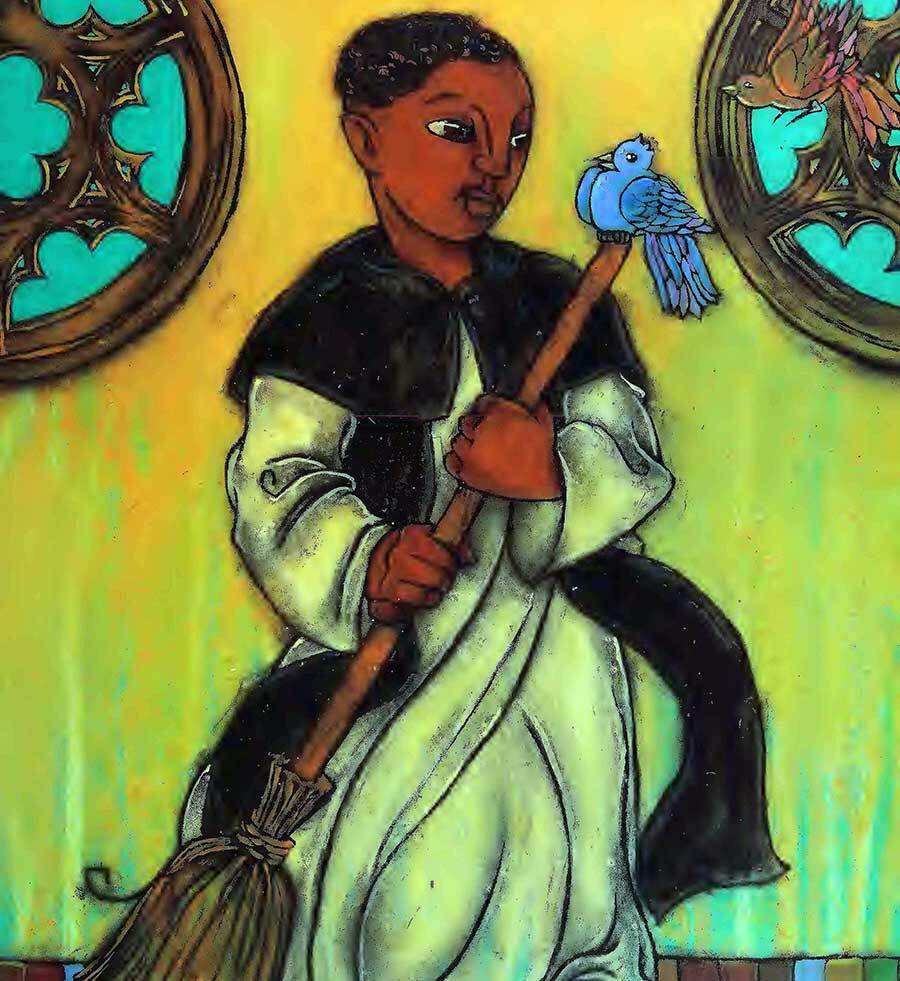
Every day after Prime, Martin washed the floors of the brothers’ cells. After Terce, he cut their tonsured hair. For the prayers at Nones, he opened the monastery doors so that the brothers might walk inside in silence. After Vespers, he swept the holy chapel. And whenever the brothers called, he came.
“Son of a slave!” they said.
“You know who I am,” said Martin.
But they did not.
Then Father Lorenzana heard tales: Stubborn mules in the stables stretched their necks to Martin. Pecking chickens in the hen houses begged to be stroked as he reached for their eggs. Greedy mice in the barn stopped raiding the kitchen and took grain from Martin’s hand.
Then Father Lorenzana heard more than tales.
After Martin healed a wounded dog that had limped to the monastery, more beaten and starved dogs crawled to him from all over Lima. Under Martin’s tender hands, they came back to barking life. Father Lorenzana could not hear the church bells over their barking. “Martin!” he cried.
So Martin brought the dogs to his home, and they panted in the shade of the wonderful lemon tree.
Soon, all the people of the barrios knew who the young cirujano was. When a man was hurt, they carried him to Martin. When a child grew pale, they brought it to Martin. When a slave was whipped, he staggered to Martin.
And when the infirmary of the monastery was filled with the poorest, Martin carried his patients to play with the panting dogs in the shade of the wonderful lemon tree.

Soon the brothers in the monastery asked him to doctor them, too. He washed their sores. He spooned them soup. He healed their wounds. Some said he walked through locked doors to cool a fever with a drink.
When the Spanish royals heard, they sent for Martin to care for them, too. And they learned to wait for him to tend the poorest among the barrios first.
After thirteen years, every soul in Lima knew who Martin was: not a mongrel. Not the son of a slave. “He is a rose in the desert,” they said. So Martin stood in the chapter room of the monastery and made his vows. Father Lorenzana leaned down and kissed him: “Now you are our brother,” he said.
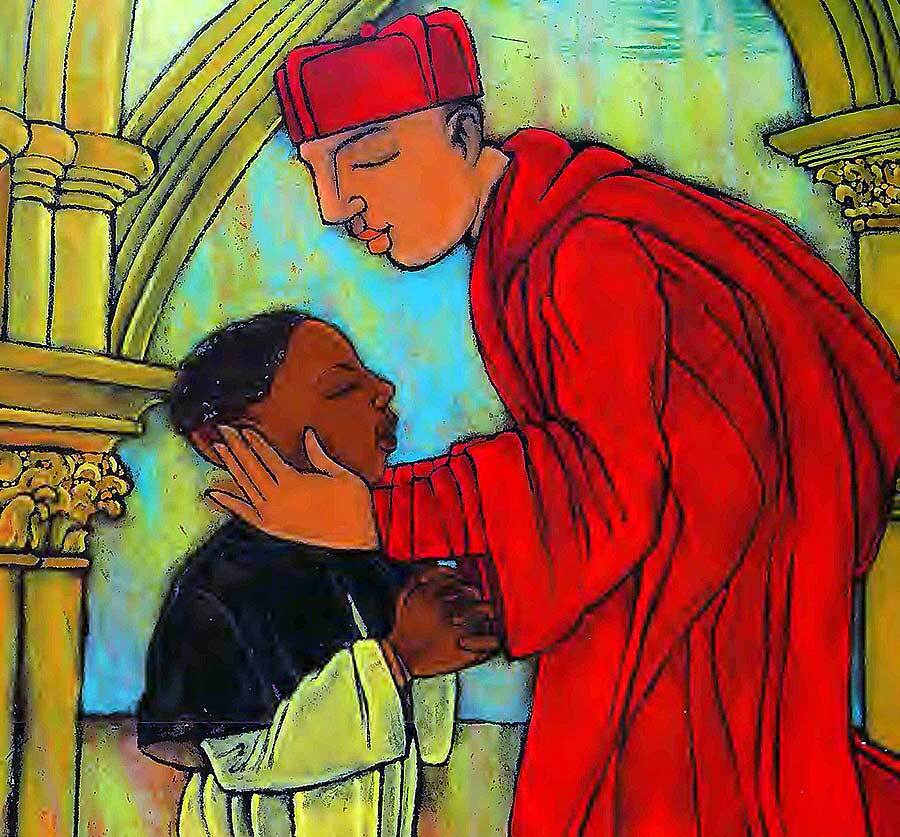
And the stories became more wonderful than before. Some said that Martin could appear in two places at the same time. Others saw angels with lighted candles guiding him through the halls. Along the River Rímac, the lemon and orange trees he planted gave harvests all year long. And when he appeared with bread in the barrios or in the red-tiled mansions, it was always enough.
That is how it was for forty-five years, until one day, Martin put on a new tunic and went to his bed. The brothers gathered around him. “Martin,” they whispered. “Martin.” He smiled. “Maybe I will be more useful there than here,” he said.
His brothers sang. Their sweet song drifted from the monastery.
Across Lima’s Plaza, the sweeping enslaved boys and the Spanish royals and the Indians of the barrios and the priests of the cathedral listened, and they sang. When Martin heard their song, he smiled.
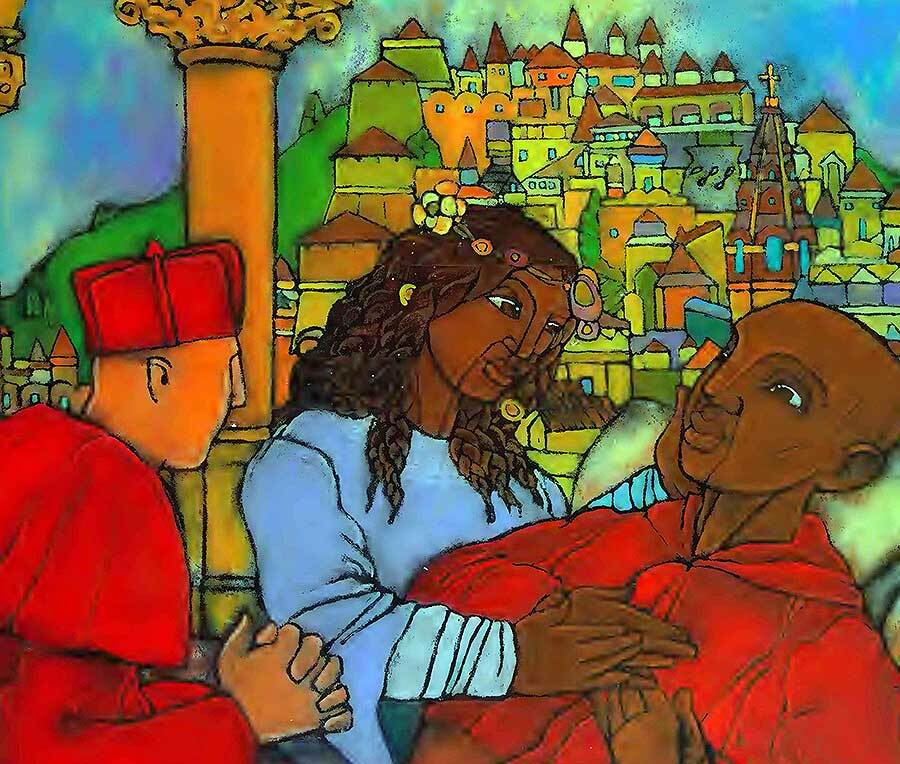
And while all the people of Lima, standing hand in hand, sang, Martin closed his dark eyes…
Explanation of terms:
(*1) “cirujano” translates correctly to “Barber-surgeon”. They were medical practitioners and would normally learn their trade as an apprentice to a more experienced colleague. Many would have no formal learning and were often illiterate.
(*2) Mongrel has the Middle English root word mong, which meant “mix.” If you refer to a human as a mongrel, you are making a pejorative comment about that person’s origins (race). In this use, we consider it an insult (for reasons of maintaining the originality of the text and not alter the interpretation of the author, we decided to not remove it from this story - Please note that this word does not form part of the vocabulary we use on our own editorials and articles).
Note:
Martin de Porres was born in Lima, Peru, on the 9th of December 1579. His childhood was one of neglect and poverty, but after his education in Ecuador and his entrance into the Dominican monastery in Lima, his life became one of compassion and charity. The broom with which they usually picture him symbolizes his humility and service. But his greatest gift was his ability to ignore the boundaries his world had erected and to reach toward the poor and the ignored. When he died on the 3rd of November 1639, he immediately became a figure of tremendous appeal for those in Peru who had resigned themselves to a hopeless life of oppression.
He was beatified in 1837 and canonized in May 1962 - the first black saint in the Americas - when Pope John XXIII named him the patron saint of universal brotherhood. He soon also became the patron saint of interracial relations, social justice, those of mixed race, public education, and animal shelters.


